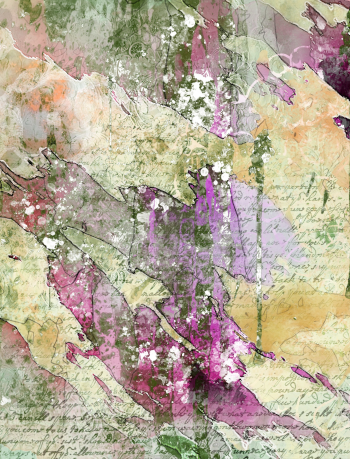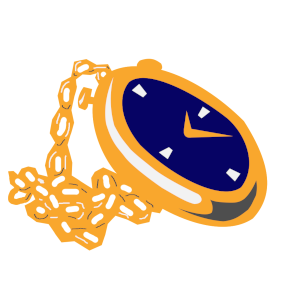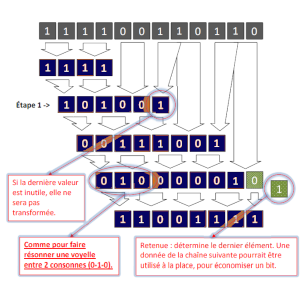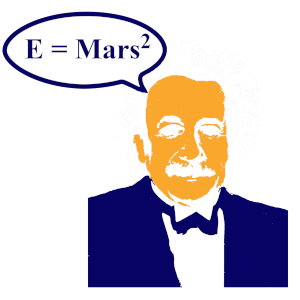

How to write a text

1. Introduction
2. Agreement
3. The fluidity
4. Weighing
5. The push
6. How to make the introduction
7. How to make the conclusion
8. The art of uniting
9. Conclusion
The writer must gradually learn his or her topic as he has intrinsic questions and information needs to integrate all the essential elements of a topic. The reason is that the internet and libraries are full of information, and so, it is an adventure to embark on learning a subject.
I will recommend that working notes should not be texts to which we refer, but rather personal notes that come from our own understanding, unless it is a quotation. In addition, the editor must note the web addresses, author names, publisher and publication date of an article from which he or she has obtained information, and must include these references in the “Bibliography” section of the document as and when available.
The person writing must have goals of what he wants the reader to understand. The writing process requires us to put ourselves in the shoes of the one reading us, and if a question is raised intuitively by the person writing, when it connects, then the text must be adjusted. There is no text that is done perfectly without it being readjusted. It is the same for the plan, the plan may be implicit, a structure that we remember, but the fact remains that the aims of our text must also be implicit in the text.
The reader must feel transported by the text. For which we are friendly to the reader, but it will happen that we have to name areas of interest and refer to common criticisms in the text. That said, the person who writes must take into account to agree with the interests he defends by means of the encyclopedia. Therefore, it is necessary for the person writing to develop an interest in big ideas that implicitly find themselves in the text.
However, the rules for which the person must apply, such as in teamwork or for a company, these rules must be consistent with the interests that the person defends in his text.
 |
Back to the top of the page |
A text implies that it must have concordance between the statements. You can’t say, “The hockey player is strong,” but then say, “He didn’t play well.” That said, writing must have meaning as a series of ideas that allow us to see where the reader will be taken. It is normal for readers to have different opinions than the author of the text.
However, we are talking here about concordance of ideas, as to create a sequence of ideas that leads to a goal or an aim that the writer has chosen.
 |
Back to the top of the page |
It is impossible to fully cover a topic in a short text. The reason is that we have to employ characteristics of the ideas discussed in a text. So, to explain an idea, we cut it into characteristics… But that’s not all. The art of writing is about uniting these different characteristics. So, you will have to employ text structures that somehow cover the features we are referring to. Throughout the writing, it is a question of thickening or rather reinforcing a general idea in a text. As in a paragraph, it is about thickening or reinforcing the subject of a paragraph.
The art of writing consists of a technique peculiar to the text to get the reader to believe what is said (the why of the purpose of references and concordances). This is why throughout the text, we must at the same time convince the reader of what is being said. And for this, the reader must be able to redo the plan, and understand all our ideas. A well-articulated text is more credible.
In addition, fluidity is achieved by grouping words, sentences and paragraphs. It is necessary that the text follows each other, that the ideas are linked well and that the text does not pause the main subject too often. Fluidity is the art of linking small ideas together and big ideas too. The technique consists in rhyming the usefulness of words. For example, you could say “I love my cat” and add “... because pets are a good moral support.” In the first part of the sentence, the author's feeling is in order, and in the second piece, we justify. Obviously, justifying something creates fluidity. This is just one example, of course we can use other concepts instead than justifying.
 |
Back to the top of the page |
Here, this is the best example that if a pencil writes pale, the text will be illegible. This is just a physical example. It is that it must have a contrast, therefore a difference, between before and after the reader reads a piece of text or the entire text. So, for each idea, we must, as we would say, strongly support what we say, while smoothly progressing the transmission of our ideas. This helps develop the creativity of how we proceed to explain something.
As an impulse, we sometimes have to weigh or strongly support certain arguments to convince the reader. But we do not weigh constantly, we must gradually relax, for example, the weight of an idea, to effectively make the transition from one idea to another. This leads to the implicit (implied) and/or explicit conclusion of paragraphs or sections of text.
The other aspect to consider is the cumbersome nature of what we want to demonstrate. So, for example, it is certain that religion and talking about God weighs down a text in a certain way. But all the effort we have put into conveying an idea must be used to enrich the writer himself. And by the same token, we become stronger. It will then be easy to argue a discourse, answer questions from admirers, or counterbalance a bad criticism, etc. This is what makes it possible to create, as we say in certain situations, to create a leverage effect.
Regarding the levers, they will also be used in your texts to reverse a tendency to believe, to deny a half-truth, or simply as the expression says, “to make readers swallow a hard truth.” And the art of writing is to create a certain sweetness to say delicate things.
The other idea of weighing comes from the fact that sometimes opinion is not welcome everywhere in the text, even that sometimes we have to leave some opinions aside, so as not to scandalize the reader. An appropriate idea must be what one wishes to convey in the main subject of the text, and not drift into scandalous remarks and make readers lose the desire to read.
 |
Back to the top of the page |
If an idea has no background to be erected, it falls into the void. By this we mean that ideas must pile up on top of each other. Just as the introduction must pile up on the grace of the reader, etc. Because it must be understood that a rule shows that the words in a sentence pile up on top of each other. It’s the same for ideas. It is the same for many cases that I will not name all, but that can be very useful in the life of an individual. So, ideas have to have a background to push paragraphs and sentences, at the end of the day. An idea must have a floor to lean on. And this allows the next idea, by the same token, to also have a soil. It is the same thing, not by talking about the words this time, but according to each part we erect, our philosophy of life, etc. Let us know that the sources have served as “soil” for what we write and how we write it. I do not want to be my pastor here, but we must not forget that the Bible is the soil of an evolution that followed this holy book. What the modern scientist often forgets by launching “baseless” (therefore in a void) something on the field of science.
 |
Back to the top of the page |
The question here is how to start. I must say that the biggest challenge here is more than the development of a text. Here, the reader must know what also led you to talk about such a topic or sub-topic, why you chose it … then he comes to prepare what you are going to discuss in the text, such as for example, an introduction often ends with a key phrase “We will see how this or that” or “We will address these ideas…”.
In the introduction, the reader should get a “general” idea of the subject.
 |
Back to the top of the page |
This is about making the love that a reader has for your text last … by closing the discussion. Often, you have to use a key phrase at the end that creates an opening. Sometimes the writer may simply ask a question that leads to a related topic, or something you didn’t talk about in the text.
A conclusion can begin with these phrases, “In conclusion, …”, “Finally, …”, etc.
 |
Back to the top of the page |
If we write, “I don’t love you”… So, we divide the relationship. On the other hand, if we say, “I love you”… We unite the relationship. The art of uniting is a language within a language.
We have to agree. As the Bible says, “Ye cannot drink the cup of the Lord, and the cup of devils: ye cannot be partakers of the Lord’s table, and of the table of devils.” (1 Corinthian 10:21) Like what it is the same for a company, an employee cannot serve a company and at the same time serve his competitor. It’s the same for the art of uniting. However, there are techniques to reach the masses that most writers ignore. It is the technique of giving merit to parties.
Do not refrain from mentioning virtues about an element of the subject, a group, or an organization. The goal is to keep open links with the masses, not to flatter everyone in a contradictory way. It is a political and media art to be able to unite.
It’s normal for some to reject your ideas, as some mean people act like “all or nothing.” And that’s not good. We must not agree with those who act according to this saying “all or nothing.” For it is wickedness. Which is why as a copywriter you should expect not to be liked by everyone. The bad guys won’t like you.
Therefore, a text should not be neutral. You have to give credit. What you need to be careful about is not to give “false merit.” Because you will overflow.
This is why we must fight within ourselves against our own naivety which when we do not take into account this factor “merit,” we could naively grant “false merit” by flattering bad ideas, and, on the other hand, also “false merit” can also be seen if we make an omission of attribution of a merit for a good thing. But all this is learned by being vigilant and cautious, and especially by taking into account this factor “merit.” Just taking it into account is enough to progress.
When we draw ideas from texts in reference, we must not forget to check our sources if they are authentic to respect this rule we have just discussed.
As they say, the art of uniting is a language. If your text is too extensive, your reader will lose you. Remember to keep wording grouped together for certain ideas and not to use these formulations extensively in your text. So, the art of writing is to find original formulations to express an idea. That’s the key to originality, it’s how your text identifies with you. This is how an author unites his text. So, keep in mind that you need original formulations for each idea. For example, you cannot boast of a “computer” as a “sheep” is presented.
 |
Back to the top of the page |
This text serves to guide you on the importance of having writing rules and specific writing skills. Although it could be used in the art of politics as well, this document, I hope, will allow anyone to have a strong foundation for building knowledge through writing, and that it can give it some success.
 |
Back to the top of the page |











